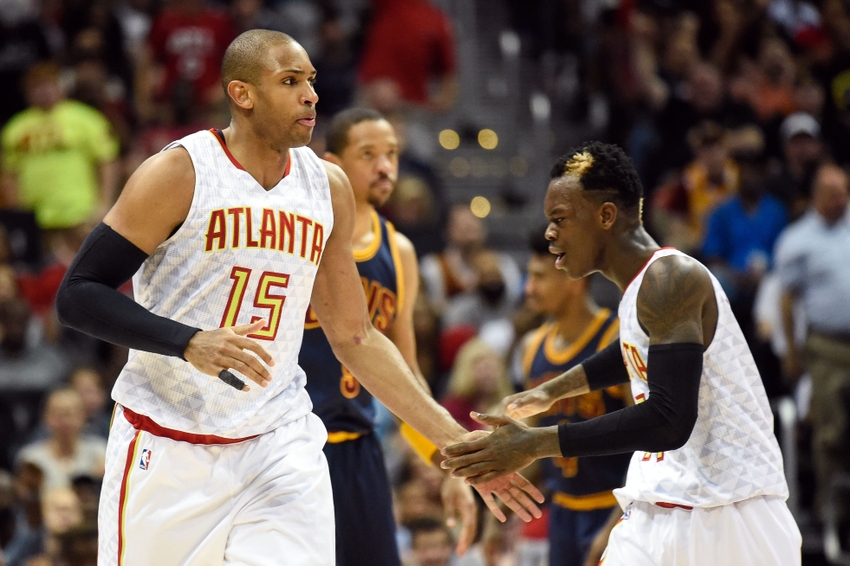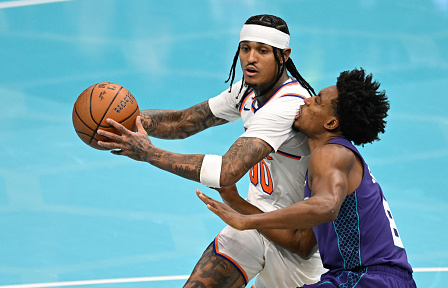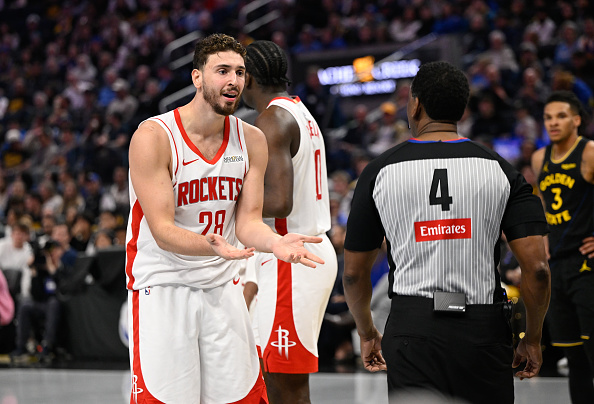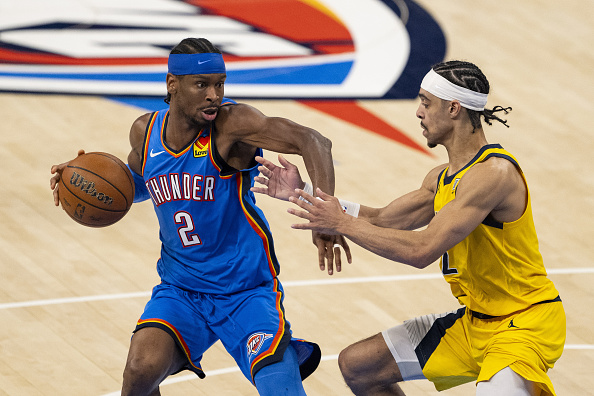For the past decade, “Super-Teams” have dominated the NBA. In particular, the Miami Heat, San Antonio Spurs, Cleveland Cavaliers, and Golden State Warriors met little resistance en route to their seven combined titles in the 2010s. Getting two or three superstars in the same jersey quickly became the new mold for a championship team, while more balanced rosters like those of the 2019 Toronto Raptors and 2011 Dallas Mavericks fell out of style.
The Atlanta Hawks haven’t experienced postseason success in years, but their 2014-15 squad deserves more recognition for the heights they reached with an uncommonly balanced attack. Though none of the NBA’s recent champions structured their rosters like Atlanta did, teams such as the Miami Heat, Denver Nuggets, and Utah Jazz have adopted similar approaches and seen positive results.
Even before the 2014-15 season, it was clear that the Hawks were headed in the right direction as a franchise. In 2014, they finished with a record of 38-44, which was just good enough to sneak into the playoffs as the eighth seed in the Eastern Conference. Atlanta met the No. 1 team in Indiana in the first round, and few had any expectations for a team that had finished below .500 in the regular season. The Pacers had a burgeoning Paul George alongside veterans like George Hill, Roy Hibbert, and David West, and they seemed destined for a trip to the Eastern Conference Finals.
Against all odds, the Hawks jumped out to a 3-2 series lead, stealing two games on the road and shocking the basketball world. If they won the series, they’d become just the sixth eight-seed to ever take down a No. 1 seed. Unfortunately, the Pacers rallied to win the final two games and advance to the next round. Still, the Hawks had given the rest of the league a wake-up call.
The following season, Atlanta flipped the script, compiling a 60-22 regular-season record and securing the top overall seed in the conference. Coach Mike Budenholzer’s team finished 10th in the league in points per game and fifth in points allowed per game, and they also totaled the second-most assists in the league.
It was unprecedented for such production to come from a team without a true superstar. In fact, forward Paul Millsap led the team in scoring with just 16.7 points per game. Including Millsap, the Hawks had six players average 10 points or more for the season. Point guard Jeff Teague ran the show, putting up 15.9 points and seven assists per game during a season in which his crafty dribbling, cerebral passing, and underrated defending were all on display.
Efficient three-point shooters like Kyle Korver and DeMarre Carroll kept defenses honest by rotating around the perimeter on offense. Korver averaged 12.1 points and came close to the elusive 50/40/90 season, shooting 49 percent from the field, 49 percent from three, and 90 percent from the free-throw line. Veteran center Al Horford patrolled the paint and ran a very effective pick-and-roll game with Teague to the tune of 15.2 points and 7.2 rebounds per contest. Finally, the 6-foot-7 Millsap led the Hawks on offense, breaking down defenders to score or find open teammates with ease.
The Hawks produced one of the deepest starting lineups in league history, but their bench was lethal too. Backup point guard Dennis Schröder evolved into one of the best sixth men in the league, averaging 10 points and 4.1 assists in his sophomore campaign. He had dangerous three-point shooters like Mike Scott and Pero Anti? at his disposal while seasoned defenders in Thabo Sefolosha and Kent Bazemore patrolled the perimeter.
Atlanta’s fast-paced offensive strategy that emphasized spacing and three-point shooting was a precursor for the modern version popularized by the Warriors. They ranked fifth in the league in made three-pointers and shot an impressive 38 percent from beyond the arc as a team, the second-best mark in the NBA. The Hawks’ roster lacked size outside of Horford and Millsap, so they used their speedy guards, lethal shooters, and crisp ball movement to make defenses scramble and eventually break down.
The team was rewarded for their efforts when Teague, Millsap, Horford, and Korver were all named NBA All-Stars in 2015, though Korver was selected as a replacement. To this day, only seven other teams have placed four players in the All-Star Game in the same year. Only two of them had zero starters.
The Hawks dismantled their first two opponents in the playoffs, taking down the Nets and Wizards in six games each. But the Conference Finals pitted them against the Cleveland Cavaliers, who had just welcomed LeBron James back to the team. Though Cleveland did not have Kevin Love for the series, James and Irving tore the Hawks apart and led the Cavs to a four-game sweep. Atlanta fought hard to keep the first three games close, even sending Game 3 to overtime, but Cleveland eventually put them away for good with a 118-88 Game 4 victory.
The 2014-15 Hawks didn’t win a championship, but they provided a model for future general managers looking to build balanced teams with depth instead of handing enormous contracts to superstar free agents. If executed correctly, an NBA franchise could potentially win a title with a similarly constructed roster. Such a path is worth considering, especially for teams in smaller markets with less cap space or broad appeal.







